Fraud industry Stylist Makes Off With Thousands Of Dollars Worth Of Designer Garments Using Instagram
A person going by the name of Arnaud Henry Mensan’s, has made off with stealing thousands of dollars worth of designer garments and accessories by posing as an industry insider. According to Dazed, Mensan used false credentials on his instagram page to trick emerging and established fashion brands into sending him their fashion samples, under the pretense they would be featured in prestigious fashion editorials.
The EU General Court Has Extinguished Louis Vuitton Rights To Exclusively Use Its Trademarked Chequerboard Logo.
The European General Court dished out a double blow to LV last week, canceling two trademarks belonging to the luxury brand that protected its iconic chequerboard print.
Zac Posen Is The Latest Brand To Be Hit With An Unpaid Intern Lawsuit; Is The Culture Of The Unpaid Fashion Internship Changing?
Zac Posen is the latest brand to be hit with an unpaid intern lawsuit, joining a long list of other well-known fashion brands including; Lacoste, Burberry, IMG, Gucci, Calvin Klein, Marc Jacobs, Oscar de la Renta, Coach Inc., Donna Karan, Alexander McQueen among others that have been accused of inadequately remunerating their interns.
Chanel Accuses E-retailer Jeen of Counterfeiting Infringing Products
The French luxury fashion brand Chanel has filed a multi-million dollar trademark lawsuit against the online retailer Jeen over iphone cases that it claims bears a resemblance to the No.5 perfume bottle clutch purse from the brands 2014 Cruise collection.
Luxury Brand Hermès Loses China Trademark Dispute
Fashion house Hermès, a luxury brand based in France, has lost its trademark dispute in China to cancel a trademark similar to the Chinese version of it's name. Hermes registered its English name in China in 1977. However, it never registered its Chinese name as a trademark.
